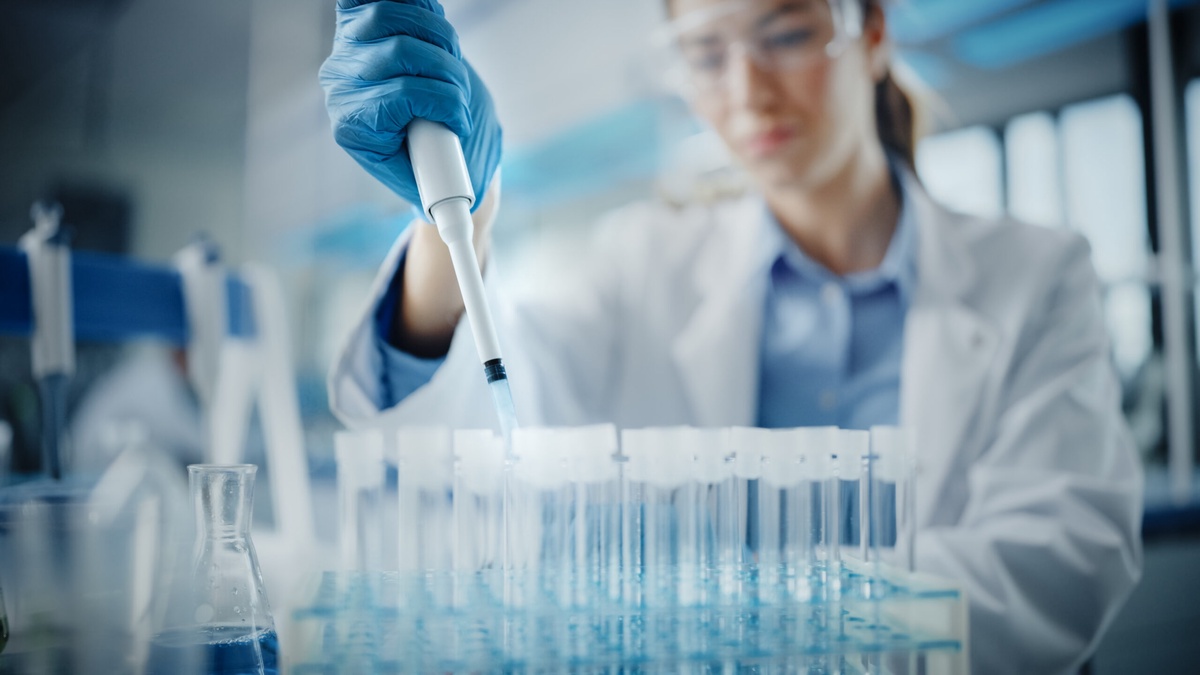Bioanalysis, a pivotal discipline in the realms of pharmaceuticals and clinical research, delves into the meticulous study of biological samples to extract valuable information. Within this intricate domain, the scrutiny of small molecules stands out as a key focus. This article aims to unravel the intricacies of small molecule bioanalysis, shedding light on its significance, techniques employed, and the paramount role precision plays in unveiling the mysteries at the molecular level.
Fundamentals of Small Molecule Bioanalysis
A. Definition and Characteristics of Small Molecules
Small molecules, typically defined as compounds with low molecular weight, play a fundamental role in biological processes. These molecules, often signaling molecules or metabolic byproducts, exhibit distinct characteristics that set them apart in the realm of bioanalysis. Their size, solubility, and stability pose both challenges and opportunities in analytical methodologies.
B. Importance of Studying Small Molecules in Bioanalysis
The study of small molecules is of paramount importance in understanding biological pathways, disease mechanisms, and drug interactions. From neurotransmitters influencing brain function to metabolites dictating cellular health, small molecules are the molecular messengers orchestrating the intricate dance of life.
C. Key Techniques in Small Molecule Bioanalysis
In the pursuit of understanding small molecules, bioanalytical scientists employ an arsenal of techniques. Chromatography techniques, such as high-performance liquid chromatography (HPLC), coupled with mass spectrometry (MS), emerge as stalwarts in the separation and identification of small molecules. Additionally, spectroscopy methods contribute valuable insights into molecular structures.
D. Challenges in Small Molecule Bioanalysis
Despite the significance of small molecule bioanalysis, the field is not without its challenges. The complexity of biological matrices, interferences, and the need for high sensitivity demand constant innovation. Navigating these challenges is crucial for extracting accurate and reliable data from complex samples.
Innovations in Small Molecule Bioanalysis
B. Automation and Robotics in Bioanalysis
The evolution of automation and robotics has revolutionized small molecule bioanalysis, particularly in sample preparation. Automated systems streamline tedious tasks, minimizing human errors, enhancing reproducibility, and significantly improving throughput. From liquid handling robots to fully integrated robotic platforms, these innovations mark a paradigm shift in bioanalytical workflows.
Automated sample preparation techniques, such as solid-phase extraction and liquid-liquid extraction, have witnessed substantial improvements with the integration of robotics. These systems not only accelerate the process but also ensure a higher degree of precision in sample handling and preparation, a crucial aspect in achieving reliable results.
Robotics also find application within the instrumentation itself, with robotic arms facilitating sample injection, column switching, and other intricate tasks. The marriage of automation and robotics in bioanalysis not only expedites processes but also contributes to the overall precision and accuracy of analytical results.
C. Integration of Artificial Intelligence in Small Molecule Bioanalysis
The convergence of artificial intelligence (AI) and small molecule bioanalysis has opened new frontiers in data analysis and interpretation. Machine learning applications, driven by algorithms that learn from data patterns, prove invaluable in handling the vast datasets generated in bioanalytical studies.
Machine learning excels in tasks such as peak detection, compound identification, and quantification. By discerning patterns and trends within complex datasets, these algorithms contribute to the precision of results, minimizing the margin of error associated with manual analysis.
Deep learning, a subset of machine learning involving neural networks, further refines the capabilities of AI in small molecule bioanalysis. Its ability to grasp intricate patterns in data, akin to the human brain, makes it a powerful tool for image analysis and signal processing within bioanalytical instrumentation.
The integration of AI not only enhances precision but also augments the adaptability of bioanalytical methods. These intelligent systems can learn and evolve, continuously improving their performance based on feedback and experience. As the volume and complexity of bioanalytical data continue to rise, AI emerges as a critical ally in the pursuit of precision in small molecule bioanalysis.


No comments yet